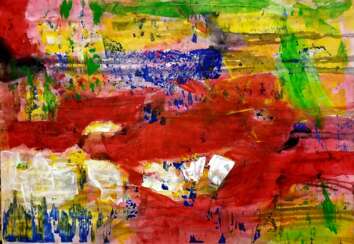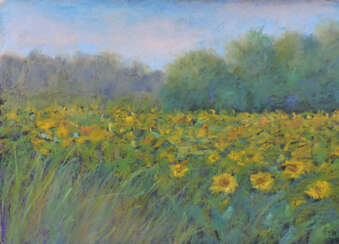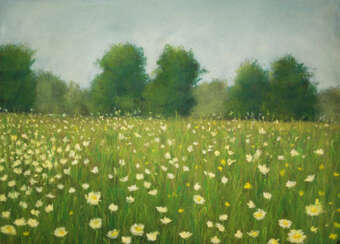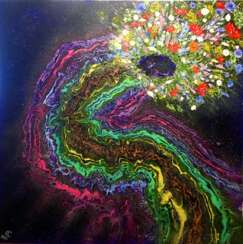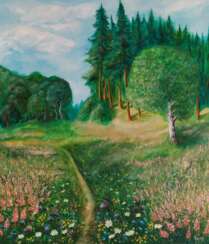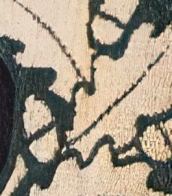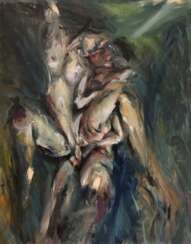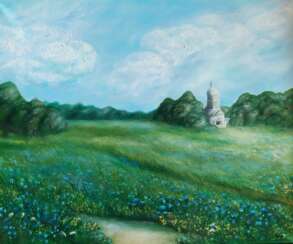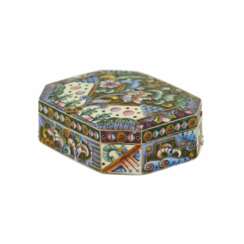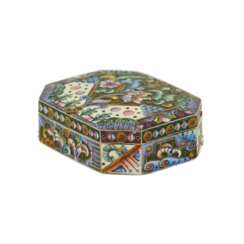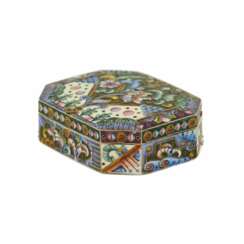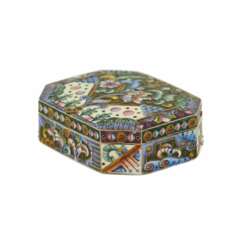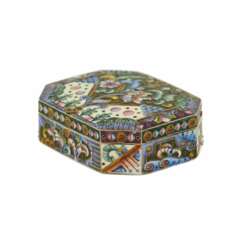234 Items by auctions and galleries:
flower field
Sunflower field
nino gudadze (b. 1985)  Shop gudadze nino
Shop gudadze nino

nino gudadze
21.01.1985
Georgia
I am from Georgia. I live in Tbilisi.
I am a graphic and web designer by profession.
I began to paint in 2016.
It was a real discovery for me, to show up myself and the case which I love very much.
I am taking the individual courses and have a wonderful teacher, who shares his knowledge and experience and is the best source of inspiration for me.

Artist shop
gudadze nino
Georgia
Number of products: 23
Little Girl Art Color field painting Pigeon painting Blue sky horizons floral field red flower painting
Ludmila Riabkova (b. 1973)  Shop Riabkova Ludmila
Shop Riabkova Ludmila

Ludmila Riabkova
14.02.1973
Ukraine
I`m Lyudmila Ryabkova. I was born in 1973 in Kiev, Ukraine.
I graduated technical college and got second higher economic education. I studied at the privat art studio of Ukrainian professional artist. My works find feedback from people, they are bought, it inspires me very much. My workshop is equipped right in my house and it makes possible to work every day. This is the most beautiful thing that happens to me.

Artist shop
Riabkova Ludmila
Ukraine
Number of products: 27
Field of flowers II
Florina Breazu (b. 1973)  Shop Breazu Florina
Shop Breazu Florina

Florina Breazu
05.01.1973
Moldova
I was born in 1973.01.05 in a family where art education was a priority, my father being an artist. Art becoming the most natural way of expression for me.
I am a dedicated artist and involved in the current cultural activity, with a dynamic experience, polished in the artistic centers of Chisinau, Cluj, Iasi and Bucharest. Through personal and group exhibitions organized in recent years, I have proposed to the public more and more fresh works connected to the development and the level of contemporary society. Through a pictorial approach built on solid exercises, developed from the formal tradition to formal creation, I have outlined a sensitive message that tenaciously affirms its own artistic creed.
I generally practice abstract painting, sometimes introduce figurative elements. The preferred material is oil or acrylic on canvas or paper.
Painting is an expression of freedom, it is the way to be, it is the moment when time stops, the escape and the connection to the fluid course of some energies becomes the act of appearance and conception of the image.

Artist shop
Breazu Florina
Moldova
Number of products: 148
«Неся венок по жизни свой...»
Elena Smal (b. 1970)  Shop Smal Elena
Shop Smal Elena

Elena Smal
19.11.1970
Ukraine
Живу и работаю в Киеве, Украина.
Что для меня искусство? – Это моя вторая жизнь!
Кто мой учитель? – Природа!
Что меня вдохновляет? – Музыка!
Что я хочу передать миру через мои картины? – Любовь, гармонию, добро, познание Истины, счастье созидания!
Моя любимая картина? – «Пути Познания». Она, кстати, заняла первое место в ХІV International Exhibition & Competition of Contemporary Arts Ukrainian Art Week.

Artist shop
Smal Elena
Ukraine
Number of products: 38
"Прогулка по лесу"- "Walk in the woods"
Elena Filippova (b. 1980)  Shop Filippova Elena
Shop Filippova Elena

Elena Filippova
13.04.1980
Russia
Елена Филиппова (13.04.1980)
Родилась и живу по сей день в прекрасном городе Санкт-Петербурге. Окончила Университет Технологии и Дизайна, работала редактором, литсотрудником отдела прозы и иллюстратором в издательствах журнала "Нева", "Русская коллекция". В 2019 г. вышла публикация моей книги, детской сказки "Легенда о настоящей силе", где я не только автор, но и художник оформитель.
Всю свою жизнь я ищу вдохновение в красоте природы и передаю это в своём творчестве через призму собственного видения, добавляя элементы фантазии и сказки. Свои работу я пишу масляными красками долго и тщательно в особой авторской манере, используя смешанные техники, наложения цветовых слоёв и проработку мелких деталей. Каждая работа неповторима и индивидуальна, потому что сюжеты рождаются в голове или на почве ярких позитивных впечатлений. Я вижу мир прекрасным, безграничным, радужным и немного волшебным, это отражается в моих произведениях. Я верю, что дом, где будет висеть одна из моих картин, наполнится атмосферой радости и счастья!
Elena Filippova (13.04.1980)
I live in St. Petersburg. Graduated from the University of Technology and Design. In November 2019, the publication of my book - "the Legend of true power", the author and Illustrator of which I am.
Since early childhood, I was a creative person.
Each picture is painted for several months in a special author's manner using mixed techniques-applying color to color by lasing, working out small details, which adds volume and light. My works are unique and individual, because the stories are born in the head, and each picture becomes a child, which is invested with a piece of soul, harmony and positive energy. I see the world as iridescent, blooming, a little magical and fabulous. After all, our life is so lacking in bright colors! Give yourself a piece of joy and happiness!

Artist shop
Filippova Elena
Russia
Number of products: 13
If you ever feel lonely...
Serge Lilac (b. 1992) 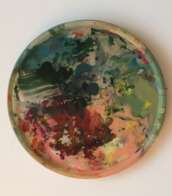 Shop Lilac Serge
Shop Lilac Serge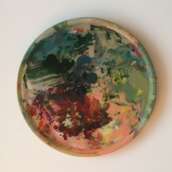

Serge Lilac
31.07.1992
Russia
I explore the themes of human personalization and depersonalization, the influence of external factors on the personality of a person, the parallels between character traits and the techniques of fine art in my works. The past and the present, life and death, religion and science, rhythm and rest. Finding the points of contact with inspiration in unexpected and the most secret corners of my consciousness, I want to show the world my own personality and attitude through creativity.

Artist shop
Lilac Serge
Russia
Number of products: 26
"Путь к вере" "path to faith"
Elena Filippova (b. 1980)  Shop Filippova Elena
Shop Filippova Elena

Elena Filippova
13.04.1980
Russia
Елена Филиппова (13.04.1980)
Родилась и живу по сей день в прекрасном городе Санкт-Петербурге. Окончила Университет Технологии и Дизайна, работала редактором, литсотрудником отдела прозы и иллюстратором в издательствах журнала "Нева", "Русская коллекция". В 2019 г. вышла публикация моей книги, детской сказки "Легенда о настоящей силе", где я не только автор, но и художник оформитель.
Всю свою жизнь я ищу вдохновение в красоте природы и передаю это в своём творчестве через призму собственного видения, добавляя элементы фантазии и сказки. Свои работу я пишу масляными красками долго и тщательно в особой авторской манере, используя смешанные техники, наложения цветовых слоёв и проработку мелких деталей. Каждая работа неповторима и индивидуальна, потому что сюжеты рождаются в голове или на почве ярких позитивных впечатлений. Я вижу мир прекрасным, безграничным, радужным и немного волшебным, это отражается в моих произведениях. Я верю, что дом, где будет висеть одна из моих картин, наполнится атмосферой радости и счастья!
Elena Filippova (13.04.1980)
I live in St. Petersburg. Graduated from the University of Technology and Design. In November 2019, the publication of my book - "the Legend of true power", the author and Illustrator of which I am.
Since early childhood, I was a creative person.
Each picture is painted for several months in a special author's manner using mixed techniques-applying color to color by lasing, working out small details, which adds volume and light. My works are unique and individual, because the stories are born in the head, and each picture becomes a child, which is invested with a piece of soul, harmony and positive energy. I see the world as iridescent, blooming, a little magical and fabulous. After all, our life is so lacking in bright colors! Give yourself a piece of joy and happiness!

Artist shop
Filippova Elena
Russia
Number of products: 13
